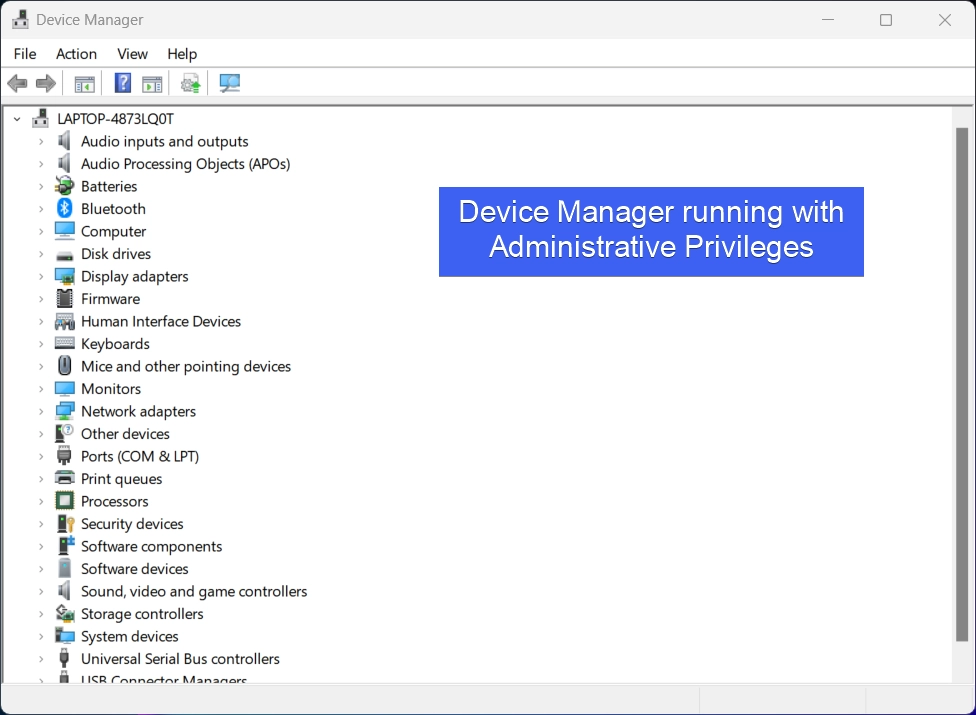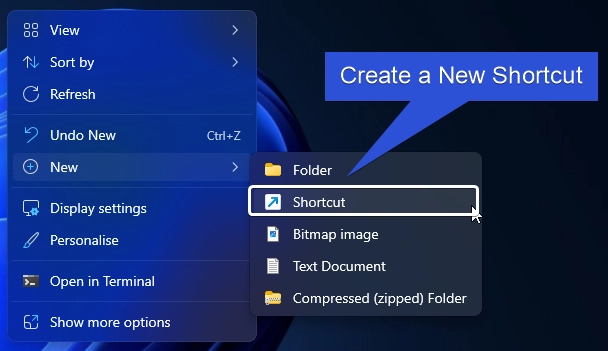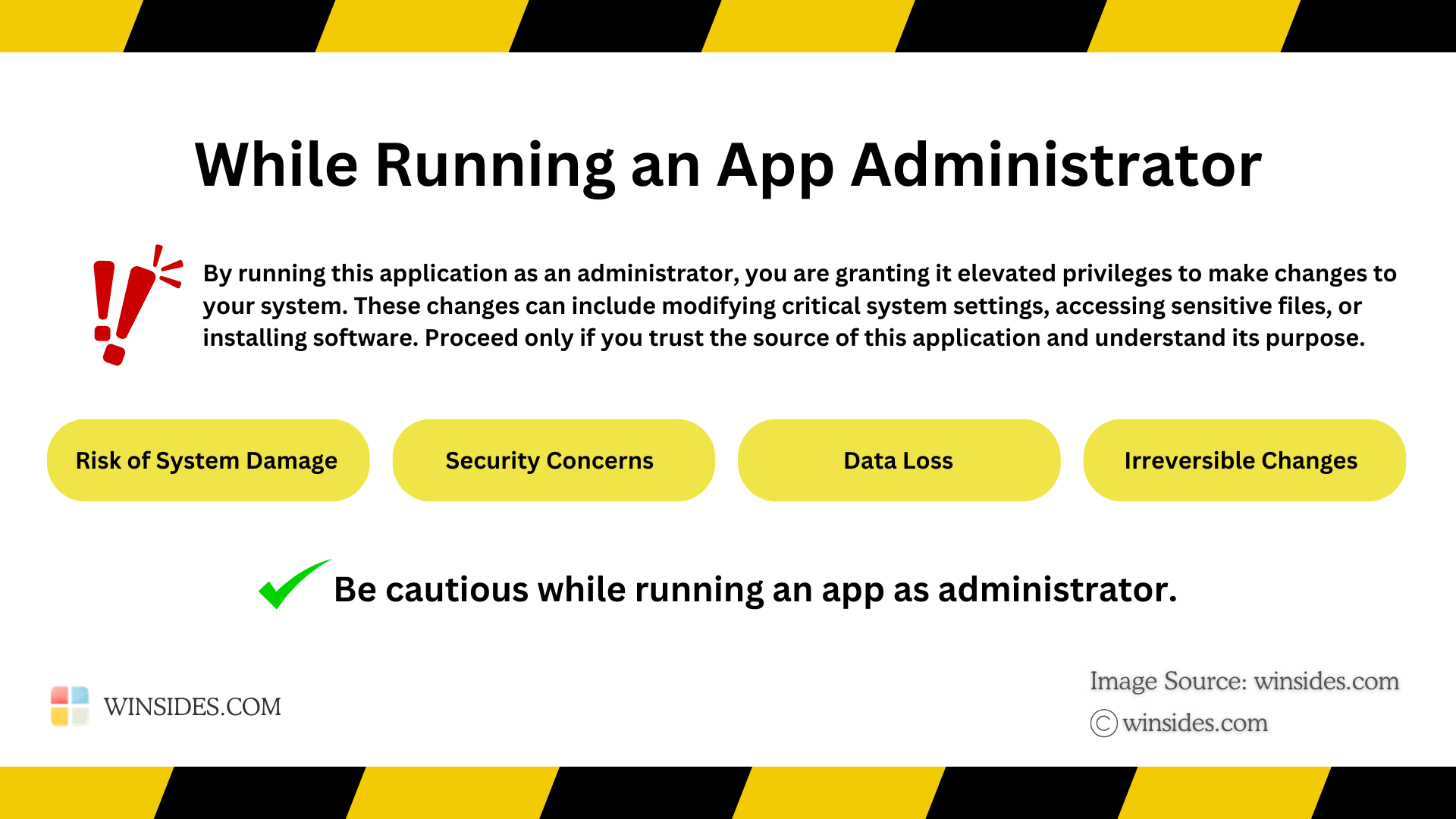How to Run Device Manager as Administrator on Windows 11? 4 Best Ways!
A Built-in Tool in Windows that allows you to view, manage & Troubleshoot Hardware Devices
The Device Manager is an important utility tool in Windows 11 that allows users to manage hardware components, drivers, and connected devices. This tool helps in tasks like updating drivers, troubleshooting hardware issues, and enabling or disabling devices. However for running some advanced tasks, such as modifying operating system level hardware settings, require administrative privileges. You can run Device Manager as administrator ensures you have full control and access to perform these actions without any restrictions.
Read This: 3+ Easy Ways: Run Chkdsk As Administrator On Windows 11
In this article, I will share easy and effective methods to run Device Manager as an administrator on a Windows 11 PC. .
Different Methods to Open and Run Device Manager with Administrative Privileges
There are several ways available to Run Device Manager with Elevated Privileges on Windows 11.
- Run Device Manager as Administrator via the Start menu.
- Open Device Manager as Admin using the Run Command.
- Create New Task to run Device Manager with Administrative Privileges using the Task Manager.
- Always open Device Manager as Administrator by creating a Desktop Shortcut.
- Run Control Panel as Admin and Launch devmgmt.msc wit Elevated Permissions.
IMPORTANT: Running applications as an administrator grants elevated privileges that can significantly affect your system. Please use caution when doing so, as it can lead to Unintended System Modifications, Security Vulnerabilities, Accidental Data Loss, Unauthorized Access, Irreversible Changes, etc.
1. How to Run Device Manager as Administrating via the Start menu?
- Open Start menu. You can also use the shortcut WinKey + S to access the Start menu.
- In the Start menu, search for devmgmt.msc. When the system shows the app under Microsoft Common Console Document, right-click on that and click “Run as Administrator“.

- Now, Device Manager will open with Administrative Privileges on Windows 11.

2. Open Device Manager on Windows 11 with Administrative Privileges using Run Command
- Open Run Command. You can use the shortcut WinKey + R.
- In the Run Command, type the command
chkdskand press CTRL + SHIFT + ENTER.

- User Account Control will prompt your confirmation to open Device Manager as Administrator. Click accordingly.
- Now, Device Manager will open as Administrator.
3. Use Task Manager to Create New Task to run Device Manager with Administrative Privileges
- Open Task Manager. You can either use the the key combo CTRL + ALT + Delete, or you can just right-click on the taskbar and click Task Manager.
- Under Processes, click on Run new task. Create New Task dialog will open now.

- Enter the command
devmgmt.mscand click on the checkbox “Create this task with administrative privileges“. Click OK.

- UAC will prompt for your confirmation and open Device Manager with Elevated Privileges.
4. Always open Device Manager as Administrator by Creating a Dedicated Shortcut
This method beneficial for users, administrators, developers who uses Device Manager frequently and looking to use them as Administrator all the time.
- On the empty space of the Desktop, right-click and hover on New and then to Shortcut.

- Create Shortcut dialog box will open now. In Type the location of the item, enter the command
devmgmt.mscand then click Next.

- The system will assign the name of the shortcut as devmgmt. You can change it as per your convenience. Finally, click Finish.

- The system will create the Device Manager Shortcut on the Desktop.

- Right-click on the Shortcut and click Properties.

- Device Manager Shortcut Properties will open. Click Advanced.

- The Advanced Properties will pop up now.
- Make sure to enable the checkbox “Run as administrator“. This option allows you to run this shortcut as an administrator, while protecting your computer from unauthorized activity. Finally, click OK, and then Apply.

- This will set the shortcut to open as Administrator every time you run this application on Windows 11.
5. Open the Control Panel as Administrator & Launch Device Manager with Elevated Privileges
This is an indirect method, however, this will open the entire Control Panel itself as Administrator. By that way, you can access Device Manager with Elevated Permissions. The following are the steps.
- Go to the Run Command.
- Type the command
controland press CTRL + SHIFT + ENTER.

- UAC will confirm and open devmgmt.msc as Admin.
By this way, you can access all the Control Panel items with Elevated Permissions.
Check Out: 4 Easy Ways: How To Run Iis As Administrator On Windows 11
Attention : Running an App as Administrator on Windows 11

While running Device Manager as Administrator on Windows 11 grants it elevated privileges, which can potentially bypass system security restrictions. Please proceed with care and only run trusted applications in this mode. At Winsides.com, we advise our users to use Administrator privileges only when absolutely necessary to perform tasks requiring elevated rights. Misuse of administrative privileges may lead to System Vulnerabilities, Data Loss, System Instability, Security Concerns, Irreversible Changes, etc.
Take away
Whether you use the Start Menu, Run command, or a custom shortcut, the methods shared in this tutorial ensure you can easily access Device Manager with elevated admin permissions & rights. By doing so, you can perform driver updates, troubleshoot hardware issues, and configure devices without facing any kind of permission errors! If you have any doubts related to the above topic, feel free to comment us below. I’ll will reply to your queries. Find more interesting tutorials on WinSides.Com
Related Articles:
- Enable SMB 1.0 / CIFS File Sharing Support using Command Prompt & Windows PowerShell
- 3+ Easy ways: Run CHKDSK as Administrator on Windows 11?
- 4 Easy ways: How to Run IIS as Administrator on Windows 11?
We combine expert insights with user-friendly guidance. We thoroughly research and test everything to give you reliable and simple to understand tech guides. Please take a look at our publishing process to understand why you can trust Winsides.



